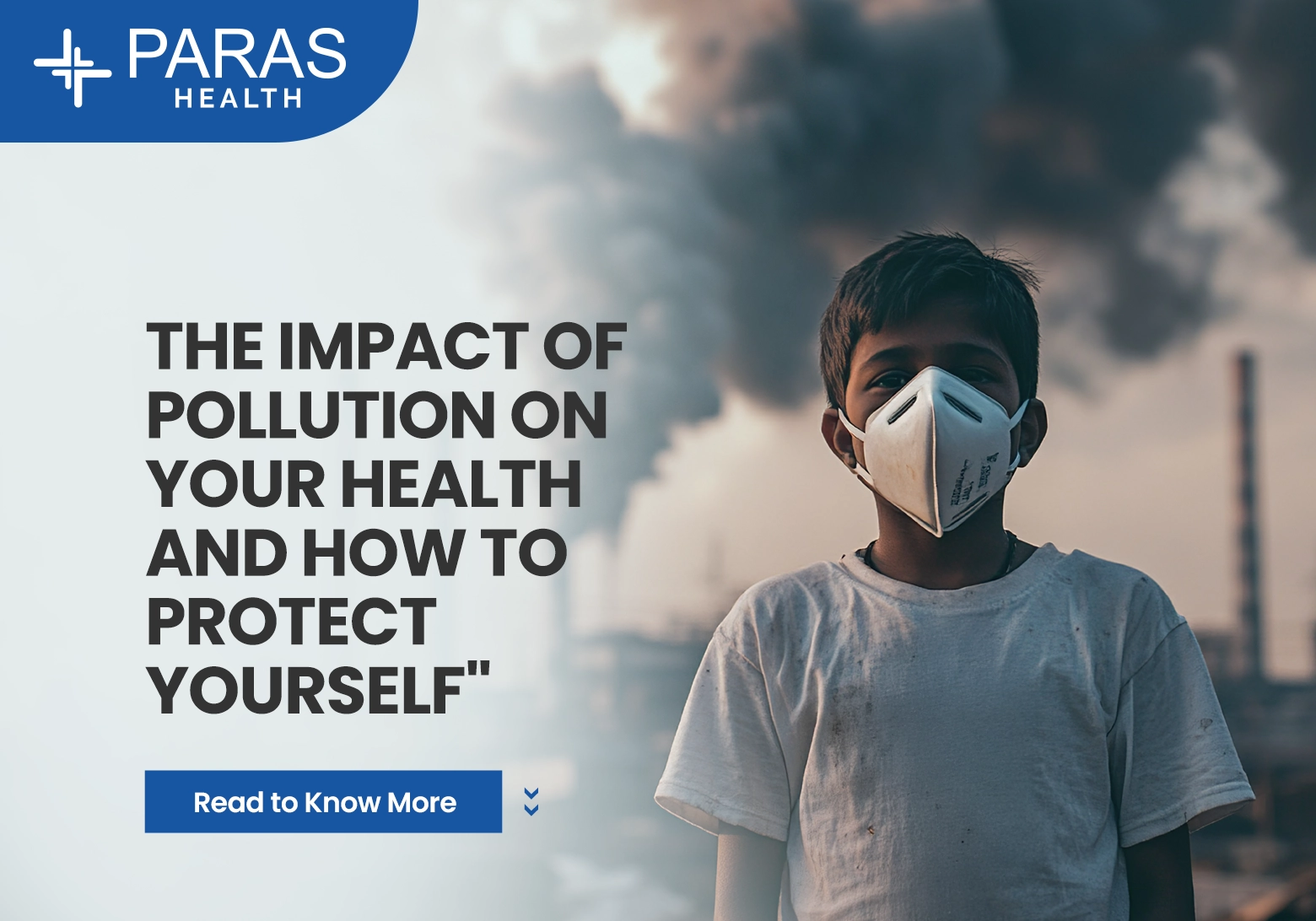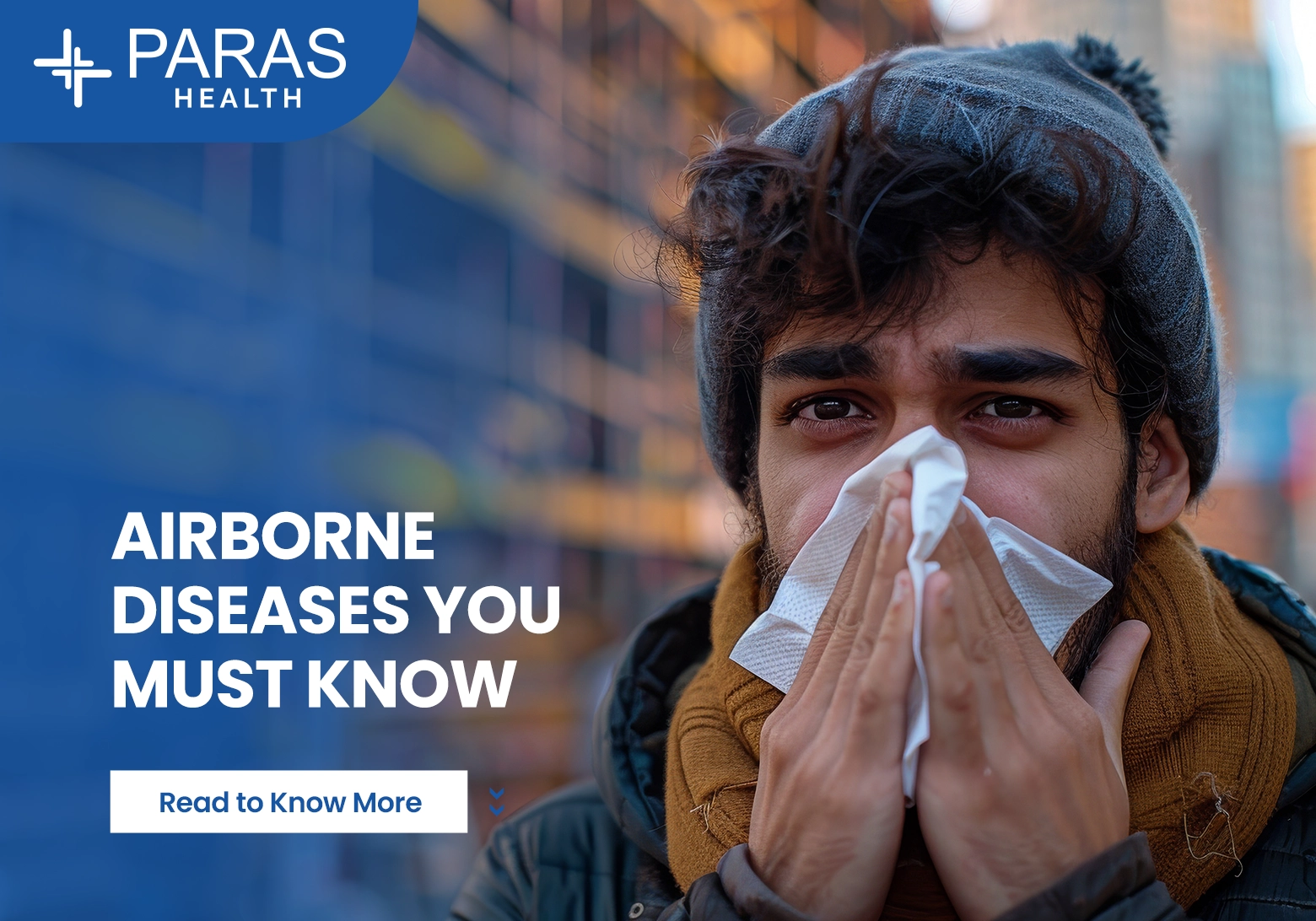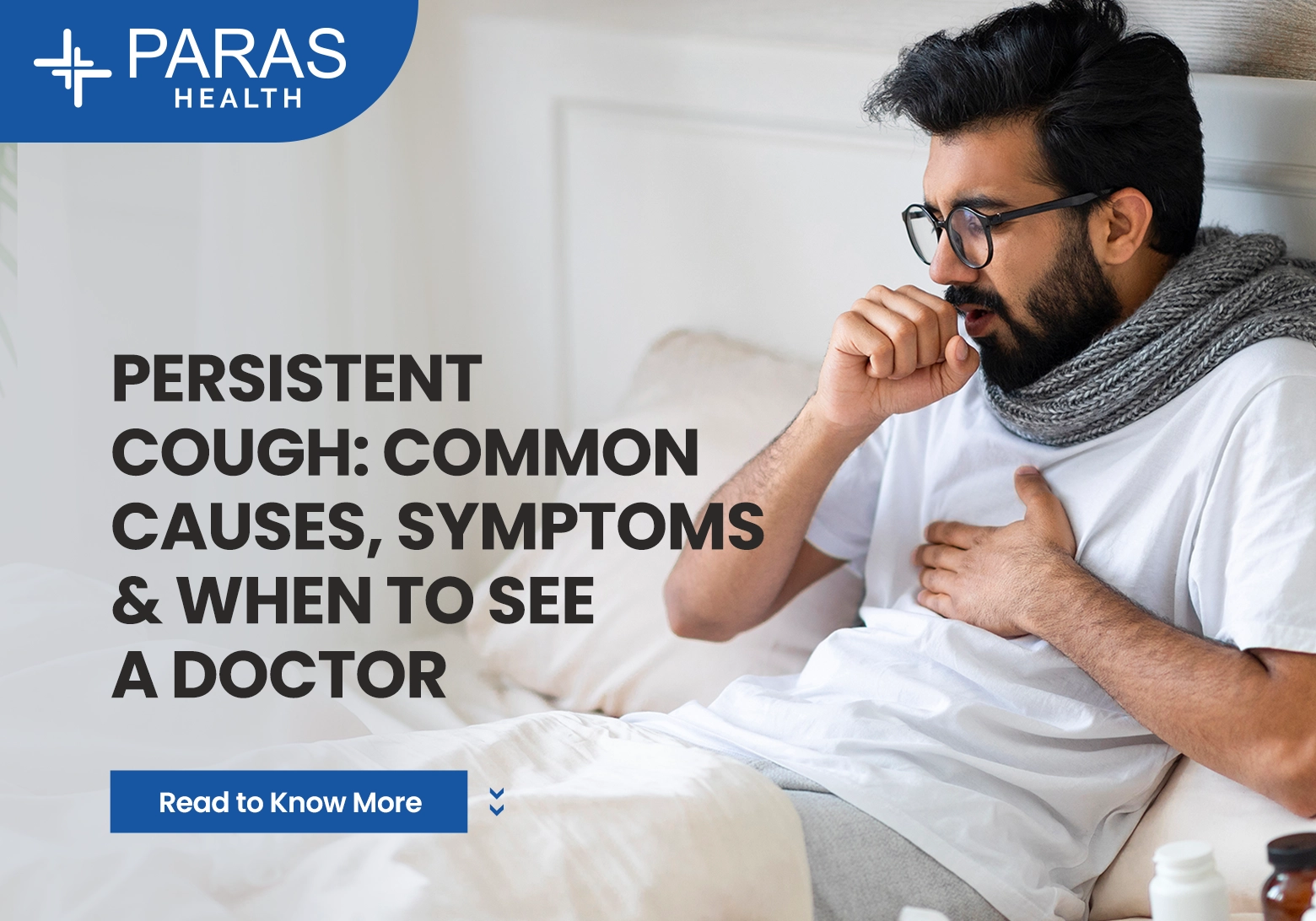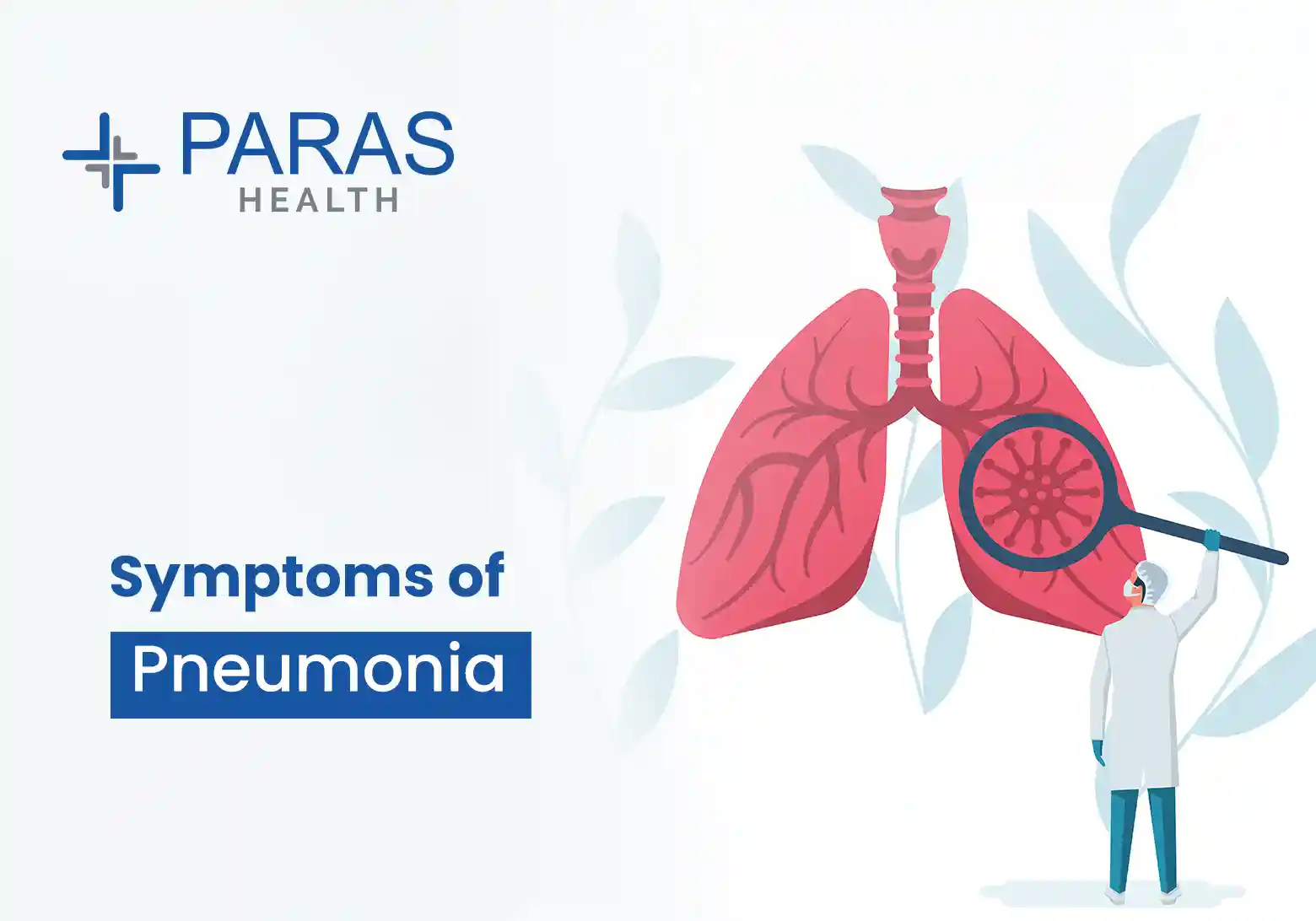HMPV Virus Symptoms: Everything You Need to Know
Jun 02, 2025
When we hear about respiratory illnesses, names like flu, cold, COVID-19, or RSV often come up. But there’s another virus you should know about: HMPV (Human Metapneumovirus). Though it may not make headlines every day, HMPV virus symptoms can affect people of all ages and sometimes lead to serious breathing problems. Let’s understand what HMPV is, what symptoms to watch for, and how to stay safe.
What Is HMPV?
HMPV (Human Metapneumovirus) is a virus that causes respiratory infections, similar to the common cold or flu. It was first discovered in 2001 but has likely been circulating for decades. This virus mainly spreads through droplets when an infected person coughs or sneezes, or by touching contaminated surfaces.
HMPV can infect:
- Children
- Adults
- Older adults (above 65 years)
- People with weak immune systems
- People with chronic lung or heart diseases
While many people recover on their own, some may experience serious respiratory issues that require medical care.
How Does HMPV Spread?
Understanding how HMPV infection spreads helps in preventing it.
You can catch HMPV by:
- Breathing in air droplets from someone who is coughing or sneezing.
- Close contact like hugging or shaking hands.
- Touching contaminated surfaces and then touching your face (mouth, nose, or eyes).
The virus is contagious, so taking precautions is very important, especially during peak seasons.
What Are HMPV Virus Symptoms?
The symptoms of HMPV virus usually appear within 3 to 6 days after exposure. These symptoms can range from mild to severe depending on the person’s age, overall health, and immunity.
Common Early Symptoms of HMPV
For many people, the early signs of Human Metapneumovirus infection feel like a regular cold:
- Runny nose
- Stuffy nose (nasal congestion)
- Cough (usually dry in the beginning)
- Sore throat
- Mild fever
- Headache
- Fatigue and feeling tired
- Loss of appetite
These symptoms usually last for 5 to 10 days in healthy individuals.
Severe HMPV Symptoms
In certain people, the infection can move into the lower part of the lungs, causing more serious problems:
- High fever (above 101°F or 38.3°C)
- Persistent cough with mucus
- Wheezing
- Shortness of breath or difficulty breathing
- Chest congestion or tightness
- Rapid breathing
- Difficulty sleeping due to breathing trouble
Severe HMPV respiratory symptoms are more likely in:
- Infants and toddlers
- Elderly people
- People with chronic illnesses (like asthma, COPD, heart disease)
- Immunocompromised patients (like cancer patients, transplant recipients)
HMPV Symptoms in Children
Young children are among the most affected by HMPV infection.
Here’s what parents should watch for:
- Irritability and fussiness
- Difficulty feeding or drinking
- Trouble breathing or fast breathing
- Wheezing or noisy breathing
- Bluish lips or skin (sign of low oxygen)
- High fever
- Less wet diapers than usual (dehydration)
If you notice these symptoms, seek medical care immediately.
HMPV Symptoms in Adults and Elderly
For most adults, HMPV virus symptoms remain mild. However, older adults may face:
- Severe fatigue
- Persistent cough
- Chest pain
- Trouble breathing
- Worsening of existing lung or heart conditions
If you or an elderly loved one experience these symptoms, don’t wait to consult a doctor.
How Long Do HMPV Virus Symptoms Last?
- Incubation period: 3 to 6 days (time from exposure to first symptom)
- Mild cases: Usually improve in 5 to 10 days
- Severe cases: May last longer, needing medical support
HMPV vs RSV and Flu Symptoms
Since HMPV, RSV, and Flu all affect the respiratory system, their symptoms often overlap. Here’s a simple comparison:
|
Symptom |
HMPV |
RSV |
Flu |
|
Fever |
Mild to High |
Mild |
High |
|
Cough |
Common |
Common |
Common |
|
Sore Throat |
Common |
Less Common |
Common |
|
Runny Nose |
Common |
Common |
Common |
|
Body Aches |
Sometimes |
Rare |
Common |
|
Wheezing |
Often |
Often |
Rare |
|
Severe Breathing Issues |
Possible |
Possible |
Possible |
Who Is at Risk of Severe HMPV Infection?
While anyone can get infected, the following groups are at higher risk of serious HMPV complications:
- Infants under 1 year
- Adults over 65 years
- People with chronic lung diseases (asthma, COPD)
- People with heart conditions
- Cancer patients undergoing treatment
- Organ transplant patients
- People with weakened immune systems
When Should You See a Doctor?
While mild symptoms can be managed at home, seek medical help if you notice:
- High fever that doesn't go down
- Severe breathing difficulty
- Bluish lips or face (low oxygen levels)
- Chest pain or discomfort
- Persistent wheezing
- Reduced alertness or extreme fatigue
In children, watch for:
- Refusal to eat or drink
- Less urination
- Extreme fussiness or sleepiness
How Is HMPV Treated?
Currently, there is no specific antiviral treatment for HMPV.
Doctors usually recommend supportive care, which includes:
- Rest and sleep
- Plenty of fluids to avoid dehydration
- Fever reducers (paracetamol or ibuprofen)
- Using a humidifier to ease breathing
- Oxygen therapy in severe cases
- Hospitalization if breathing worsens
Can HMPV Be Prevented?
There is no vaccine yet for HMPV, but you can reduce your risk by following these simple precautions:
- Wash hands often with soap and water
- Avoid close contact with people who are sick
- Avoid touching your face (especially eyes, nose, mouth)
- Disinfect frequently touched surfaces
- Wear masks in crowded places during outbreaks
- Keep children away from sick individuals
Key Takeaways
- HMPV virus symptoms can range from mild cold-like signs to severe breathing problems.
- Most people recover within 1-2 weeks without any complications.
- Young children, elderly, and those with existing health issues need to be extra careful.
- Early recognition of symptoms and timely medical care can prevent serious complications.
Always consult your healthcare provider if you or your family experience worsening symptoms or have underlying health issues.



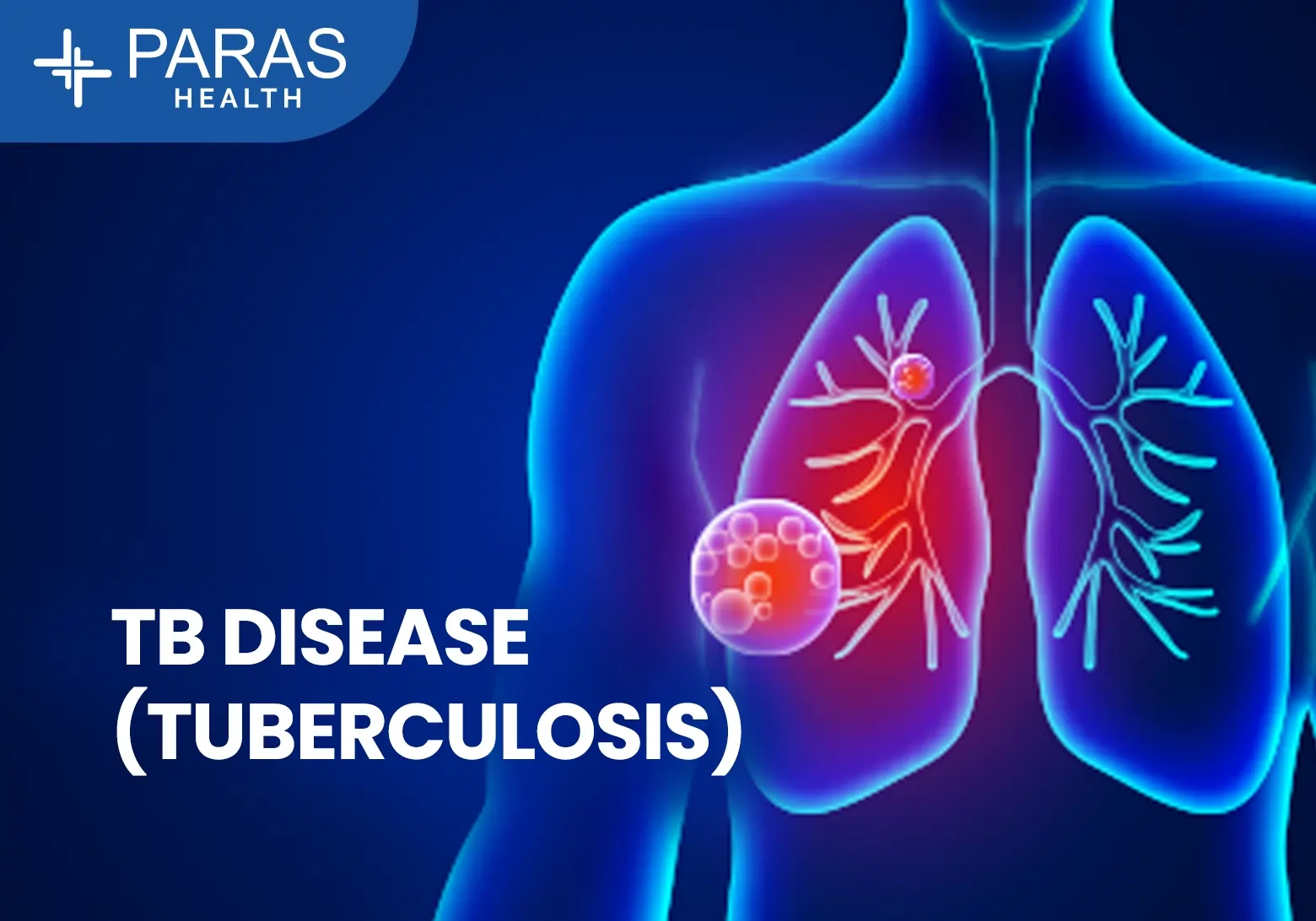
.webp)

